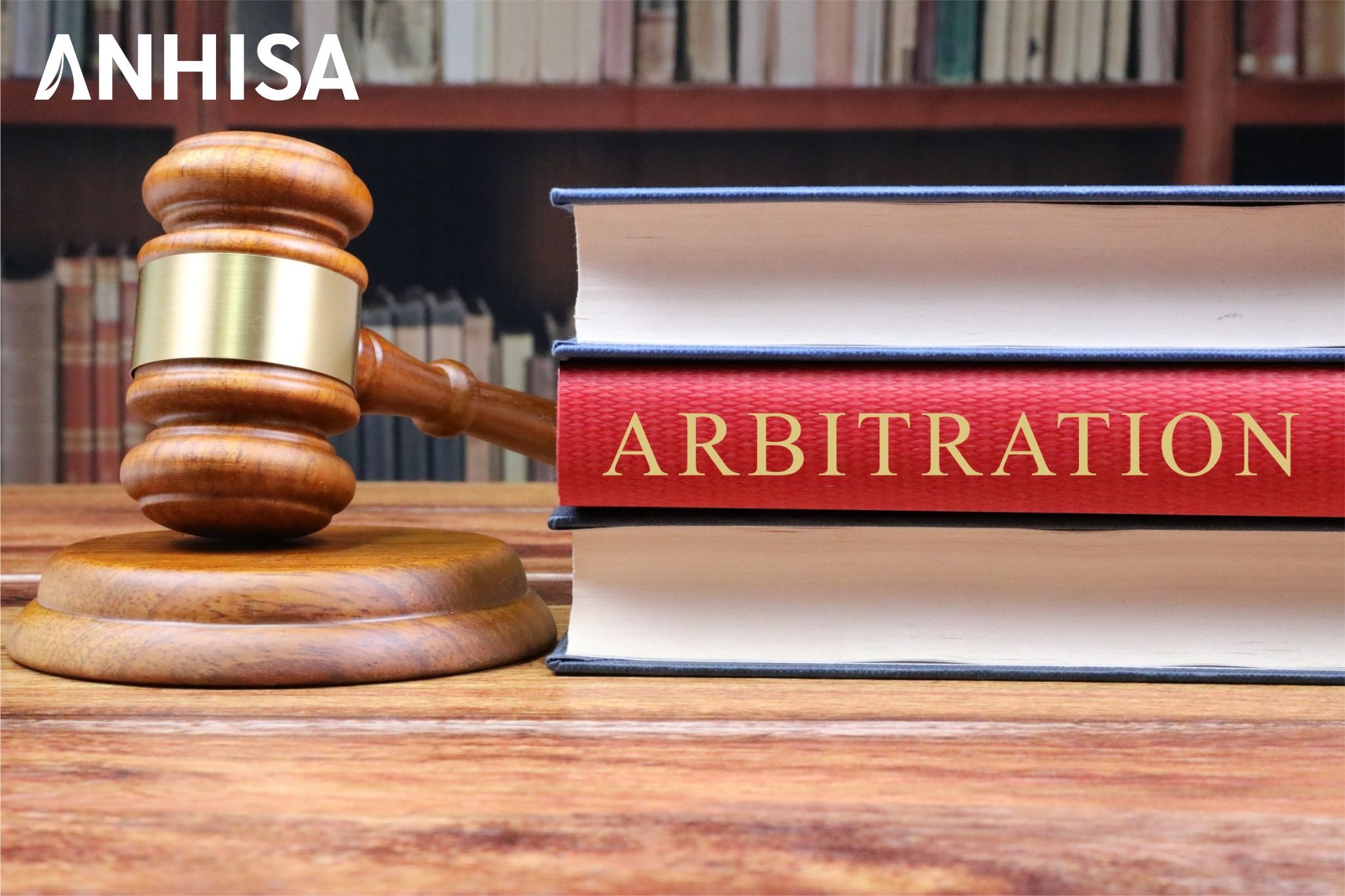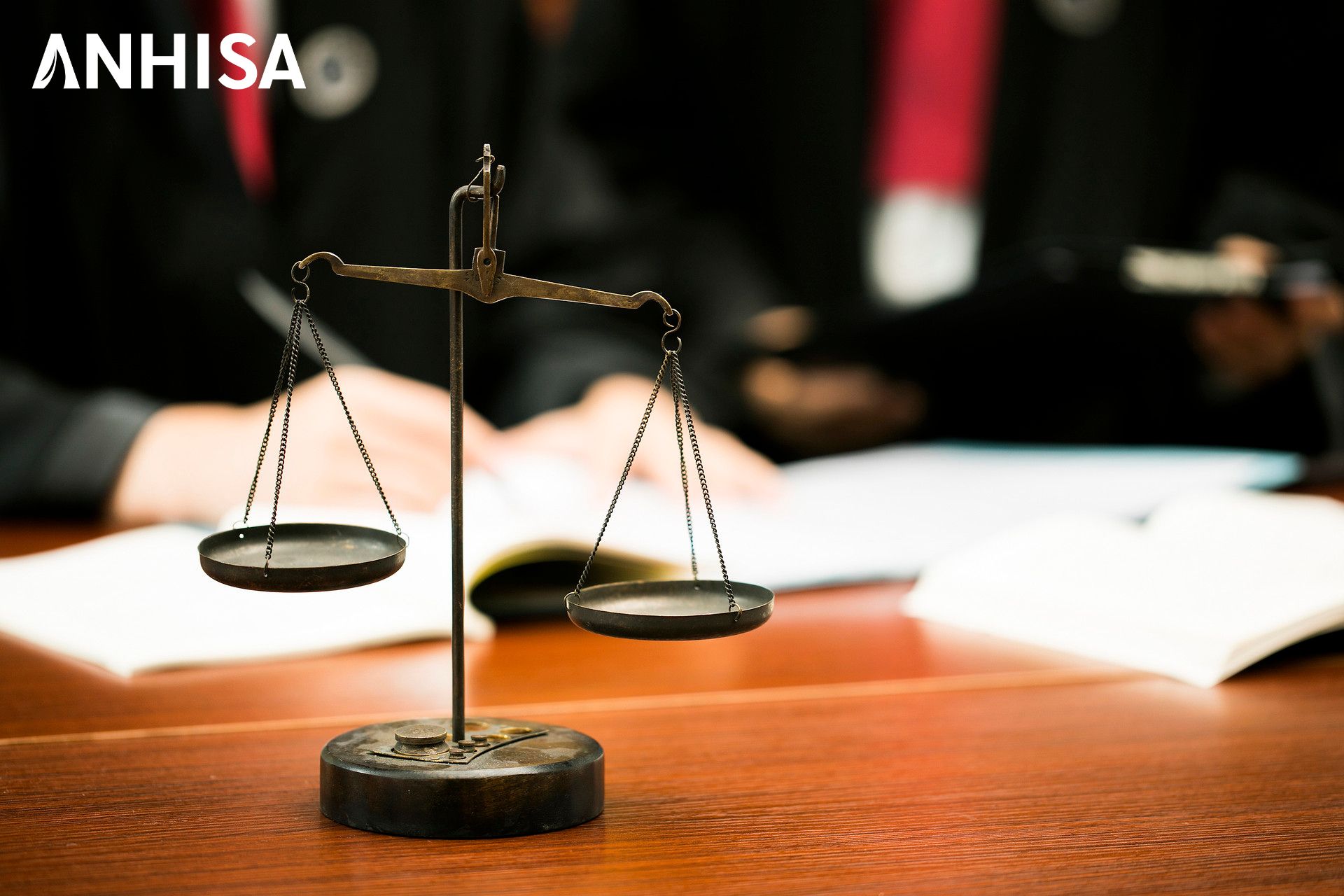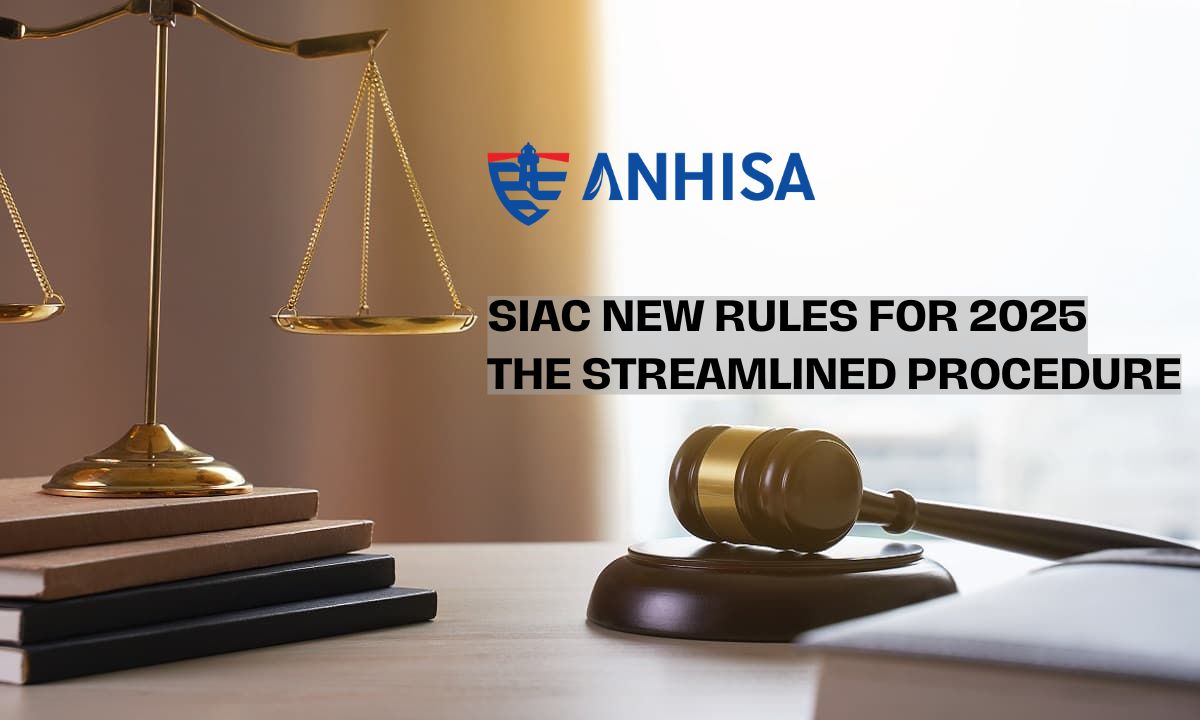Foreword
The amendment of the SIAC Rules began on 2 July 2020 to enhance procedural fairness, arbitration efficiency, and award enforceability. After over four years of research and consultation with various stakeholders, the Singapore International Arbitration Centre (“SIAC”) released the 7th edition of its Arbitration Rules (“SIAC Rules 2025”) on 9 December 2024. These new rules, effective from 1 January 2025, feature notable updates, including the introduction of the “Streamlined Procedure”, a key innovation aimed at improving arbitration processes.
The Streamlined Procedure
Procedure for low-value and less complex disputes
Under the SIAC Rules 2016, the Expedited Procedure was designed for disputes not exceeding SGD 6,000,000[1], with a resolution timeline of up to six months[2]. This meant that even low-value disputes below SGD 1,000,000 and of low complexity could only use the Expedited Procedure, which followed the same six-month timeframe.
The SIAC Rules 2025 address this limitation by introducing the Streamlined Procedure, specifically tailored for low-value and less complex disputes. Parties can agree to apply this procedure at any time before the Tribunal is [3]. Alternatively, it will automatically apply to disputes involving amounts below SGD 1,000,000, unless the President determines otherwise based on a party’s application.[4]
Efficient time and cost procedure
The Streamlined Procedure significantly shortens the timeline, requiring the award to be issued within three months from the Tribunal’s constitution. To meet this expedited deadline, the procedure provides practical guidance on procedural mechanisms that Tribunals can adopt to ensure efficient arbitration.
Additionally, the Tribunal’s fees and SIAC administrative fees for cases under the Streamlined Procedure are capped at 50% of the maximum limits outlined in the Schedule of Fees, making it a cost-effective option for suitable cases.
Exclusion of the application of the Streamlined Procedure
Mutual Exclusion Agreement in Writing
Designed to swiftly resolve disputes of small value and low complexity, the timeline for appointing the sole arbitrator, challenging the sole arbitrator, and issuing a final award under the Streamlined Procedure is remarkably short. This imposes significant time pressure on the arbitral parties in preparing submissions, arguments, and evidence.
In instances where the parties select SIAC as the dispute settlement body and the dispute value is below SGD 1,000,000, thereby defaulting to the application of the Streamlined Procedure, the SIAC Rules 2025 nonetheless permit the parties to exclude the procedure, provided they reach a mutual agreement in writing to do so.[5]
While the SIAC Rules do not explicitly specify when an agreement to exclude the Streamlined Procedure should be submitted, it should ideally be done prior to the constitution of the arbitral tribunal. This is because, in situations where the parties have selected a sole arbitrator or a sole arbitrator has been appointed by the SIAC President under the Streamlined Procedure, it is understood that the parties have either consented to or have raised no objections to the application of the Streamlined Procedure.

Objection to the Application of the Streamlined Procedure from One Arbitral Party
Excluding the application of the Streamlined Procedure would be straightforward if both parties reached a consensus. However, in cases where only one party in the arbitration wishes to reject the application of the Streamlined Procedure, the exclusion becomes considerably more challenging.
Accordingly, one arbitral party shall submit an application to SIAC to object to the application of the Streamlined Procedure. The SIAC President will review the application and determine whether the Streamlined Procedure applies to the arbitration. Therefore, the application or non-application of the procedure will depend on the decision of the SIAC President.
However, based on our experience, in cases involving disputes below SGD 1,000,000, which automatically fall under the Streamlined Procedure, if the parties have made a detailed agreement regarding the composition of the arbitral tribunal, including three arbitrators and a hearing to be held in – person, when the case is handled by SIAC and objection to the application of the Streamlined Procedure is filed by one of the parties, the SIAC President is highly likely to consider not applying the Streamlined Procedure to respect party autonomy and avoid the risk of the award being set aside or not recognized.
Highlights for the Streamlined Procedure
- The Tribunal holds greater authority under this procedure compared to others, with the power to conduct the Streamlined Procedure in a manner deemed appropriate, taking into account the timelines set by the Streamlined Procedure[6]. Additionally, the Tribunal has the discretion to set a deadline after which the parties will no longer be allowed to submit any interim applications without the Tribunal’s permission[7].
- The parties do not have the right to request the opposing party to produce documents, unless the Tribunal decides otherwise.[8]
- The parties are not entitled to file any fact or expert witness evidence unless directed by the Tribunal.[9]
- Hearings will not be conducted unless the Tribunal decides otherwise. If a hearing is held, it will be conducted via electronic communication by default, unless the Tribunal determines that an in-person or hybrid hearing is appropriate.[10]
Procedural Steps of the Streamlined Procedure
The Streamlined Procedure normally consists of 5 key steps, as analyzed below:
- Step 1: NoA and Response to the NoA
- Step 2: Notification on Application of the Streamlined Procedure
- Step 3: Appointment of Sole Arbitrator
- Step 4: CMC
- Step 5: Award
Step 1: Notice of Arbitration and Response to the Notice of Arbitration
The first step involves the Claimant submitting the Notice of Arbitration to initiate the arbitration proceedings. In cases where the dispute value is below SGD 1,000,000, SIAC will determine whether to apply the Streamlined Procedure to resolve the case.
Where the dispute involves a value exceeding SGD 1,000,000, the Claimant may submit a Notice of Arbitration requesting to proceed under the Streamlined Procedure, provided that the parties have explicitly agreed to this procedure in prior agreements or documents. In the absence of such an agreement, the Claimant may still submit the Notice of Arbitration requesting the application of the Streamlined Procedure. If the Respondent submits a Response to the Notice agreeing to the use of the Streamlined Procedure to resolve the dispute, the parties are deemed to have reached mutual consent to apply the Streamlined Procedure for the arbitration process.
Step 2: Notification on Application of the Streamlined Procedure
Once it is determined that the conditions for applying the Streamlined Procedure have been met, the SIAC Secretariat shall notify the parties that the arbitration will proceed in accordance with the Streamlined Procedure as per Rule 13.1.
Step 3: Appointment of Sole Arbitrator
The parties may jointly appoint a sole arbitrator within three (03) days from the date the SIAC Secretariat notifies the parties, in accordance with Rule 13.2, that the Streamlined Procedure will apply to the arbitration.[11]
In case the parties fail to jointly appoint a sole arbitrator within three (03) days from the date of such notification, or if either party requests it at any time, the President shall appoint the sole arbitrator as soon as possible.[12]

Step 4: Case Management Conference
Within five (05) days from the date of constitution of the Tribunal, the Tribunal shall conduct a case management conference with the parties to discuss the timetable for the conduct of the proceedings including the determination of any interlocutory applications.[13]
Step 5: Award
Within three months from the date of the constitution of the Tribunal, the final draft award shall be issued. The Tribunal shall provide a summary of the reasons for any award unless the parties have agreed that no reason will be given.[14]
Conclusion
With its Streamlined Procedure frame time and the expanded authority granted to the Tribunal in determining procedural matters under the Streamlined Procedures, this approach is expected to expedite the resolution of small and less complex disputes.
[1] Article 13.1 (a) of the SIAC Rules 2025
[2] Article 13.1 (a) of the SIAC Rules 2025
[3] Article 13.1 (a) of the SIAC Rules 2025
[4] Article 13.1 (b) of the SIAC Rules 2025
[5] Article 13.3 of the SIAC Rules 2025
[6] Article 9 Schedule 2 of the SIAC Rules 2025
[7] Article 10 Schedule 2 of the SIAC Rules 2025
[8] Article 11 (b) Schedule 2 of the SIAC Rules 2025
[9] Article 11 (c) Schedule 2 of the SIAC Rules 2025
[10] Article 12 Schedule 2 of the SIAC Rules 2025
[11] Article 2 Schedule 2 of the SIAC Rules 2025
[12] Article 3 Schedule 2 of the SIAC Rules 2025
[13] Article 8 Schedule 2 of the SIAC Rules 2025
[14] Article 15 Schedule 2 of the SIAC Rules 2025
ANHISA LLC AND OUR EXPERTISE
ANHISA LLC is a boutique law firm specializing in Dispute Resolution, Shipping and Aviation. Being the leading lawyers in various fields of law, our qualified, experienced, and supportive team of lawyers know how to best proceed with a case against or in relation to Vietnamese parties and are well equipped to provide clients with cost-effective and innovative solutions to their problems.
Regarding dispute resolution, we have represented Vietnamese and foreign clients in the resolution of disputes involving maritime, construction, commercial and civil matters. Our lawyers are well-equipped to offer services on a wide range of disputes and conflicts, whether cross-border or purely domestic, to appear before any Judges or Arbitral Tribunals. The firm is prepared to assist clients in designing the appropriate dispute resolution procedure to help resolve conflicts as efficiently and cost effectively as possible, which may involve combining elements of mediation and other methods such as arbitration.
AUTHORS
DANG VIET ANH
Managing Partner
Mobile: (+84) 983 467070
Email: [email protected]
TRUONG CONG HONG
Senior Associate
Mobile: (+84) 909 814090
Email: [email protected]
TRAN THI BAO TRAM
Associate
Mobile: (+84) 332 245449
Email: [email protected]
This article aims to furnish our clients and contacts with general information on the relevant topic for reference purposes only, without creating any duty of care on the part of ANHISA. The information presented herein is not intended to serve, nor should it be considered, as a substitute for legal or other professional advice.
